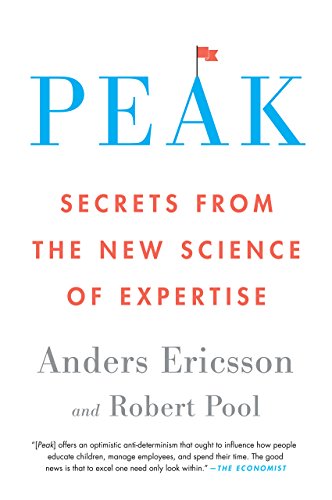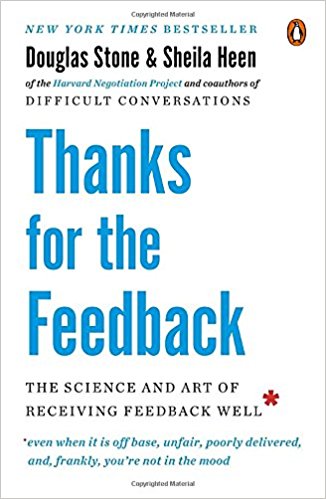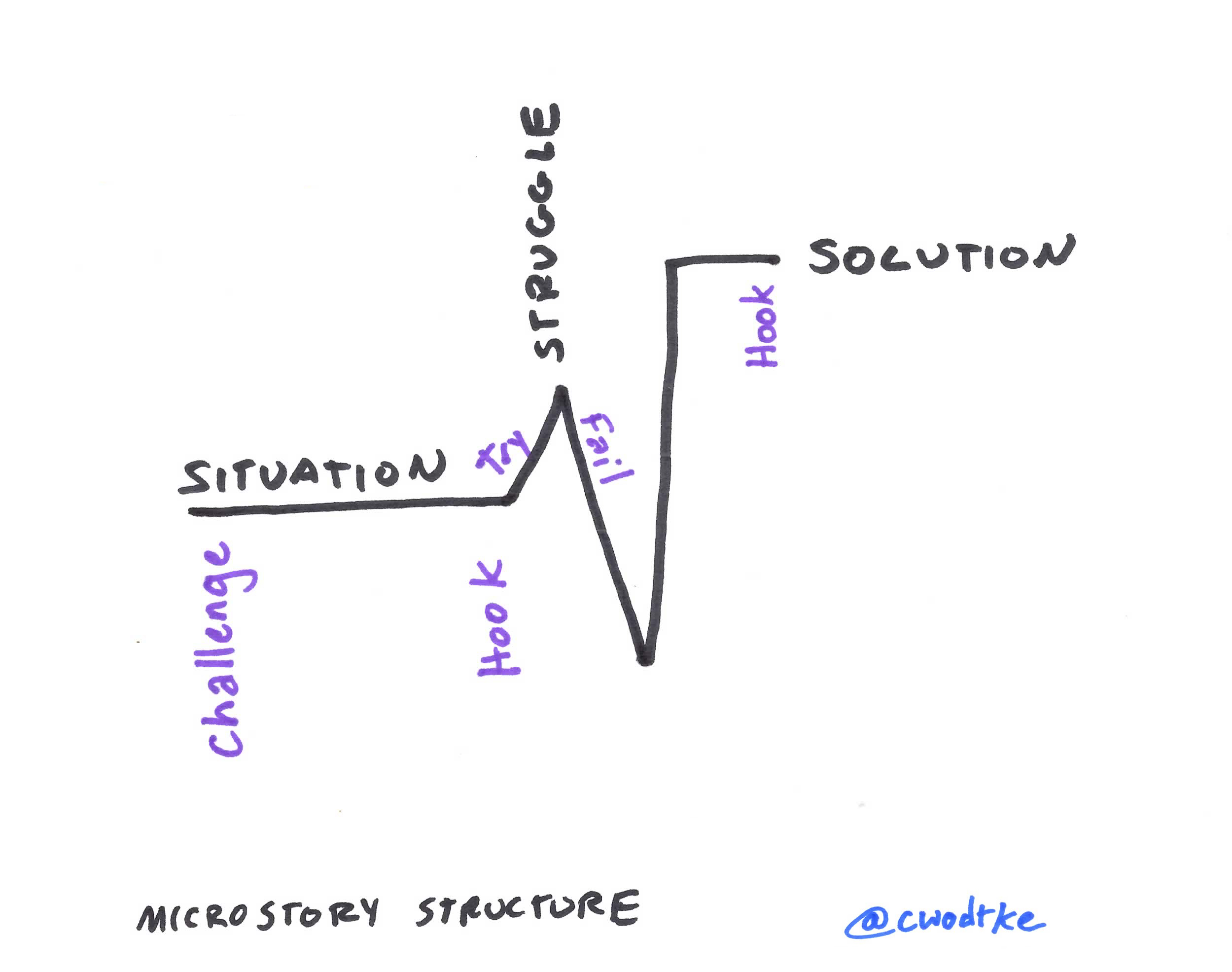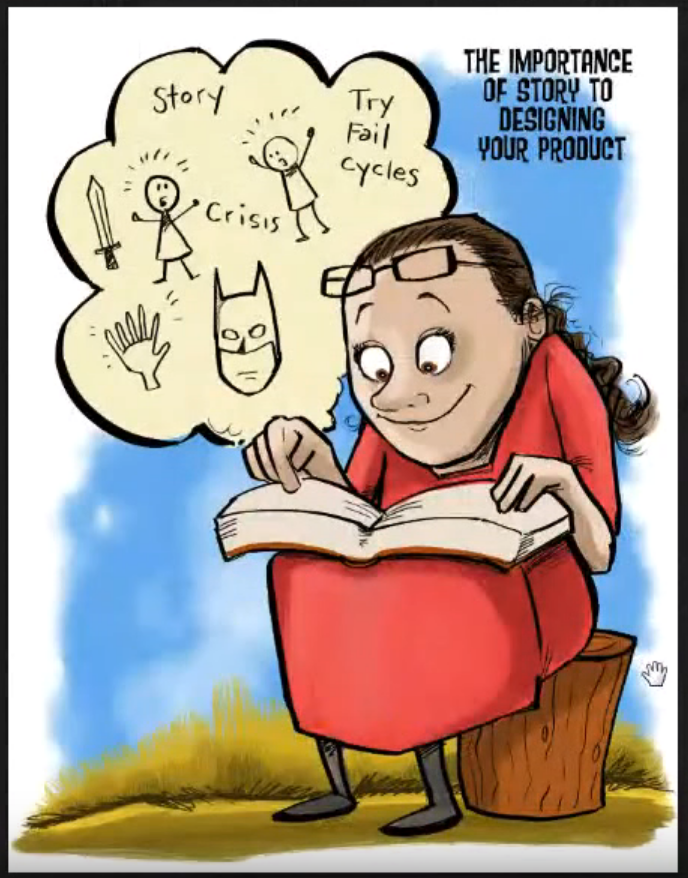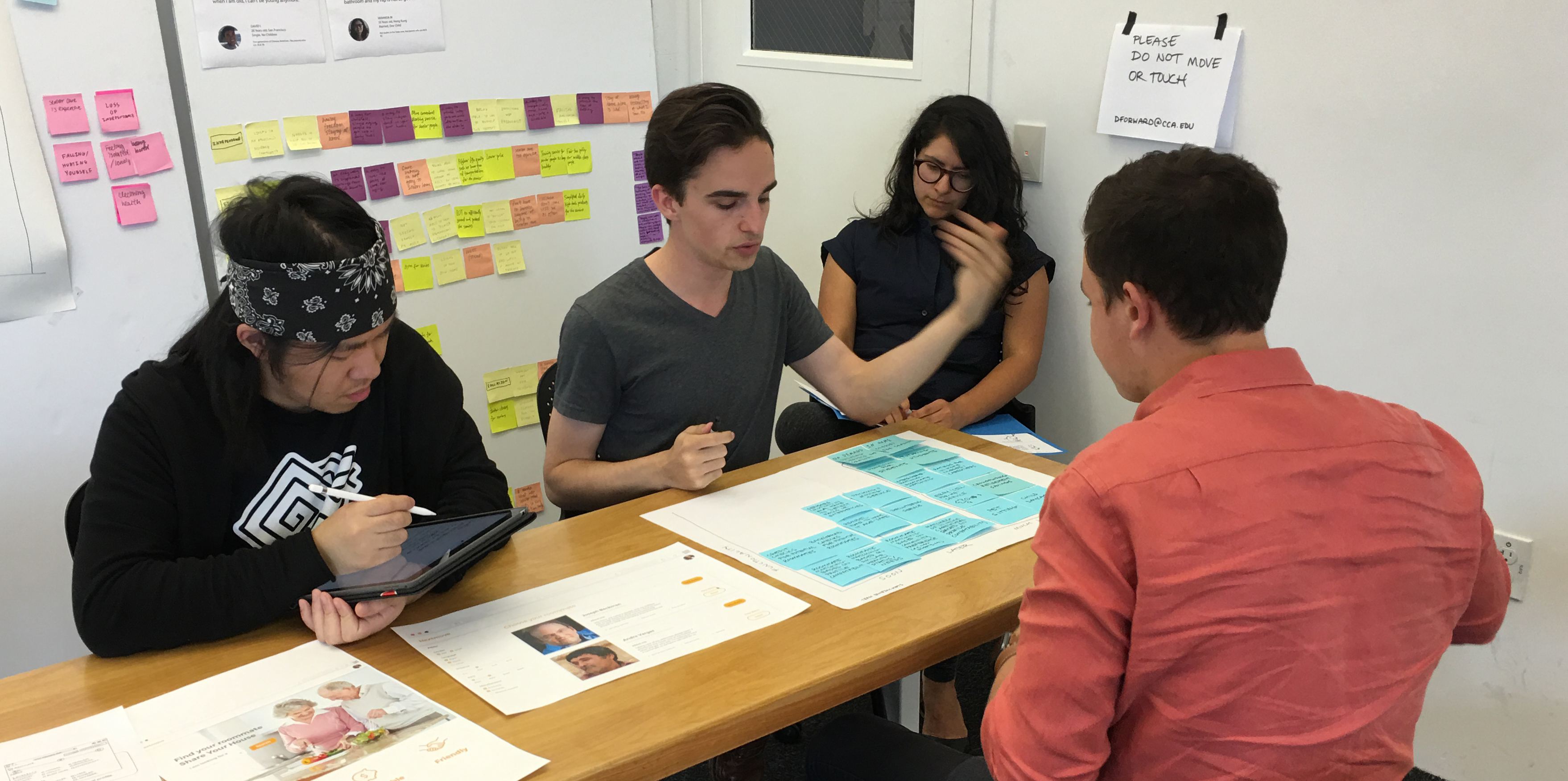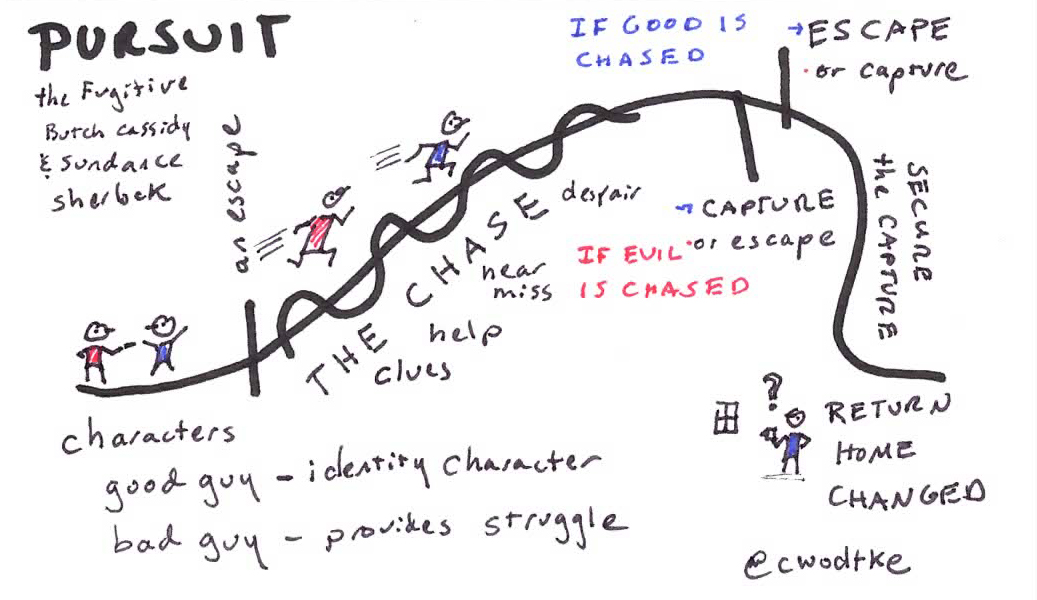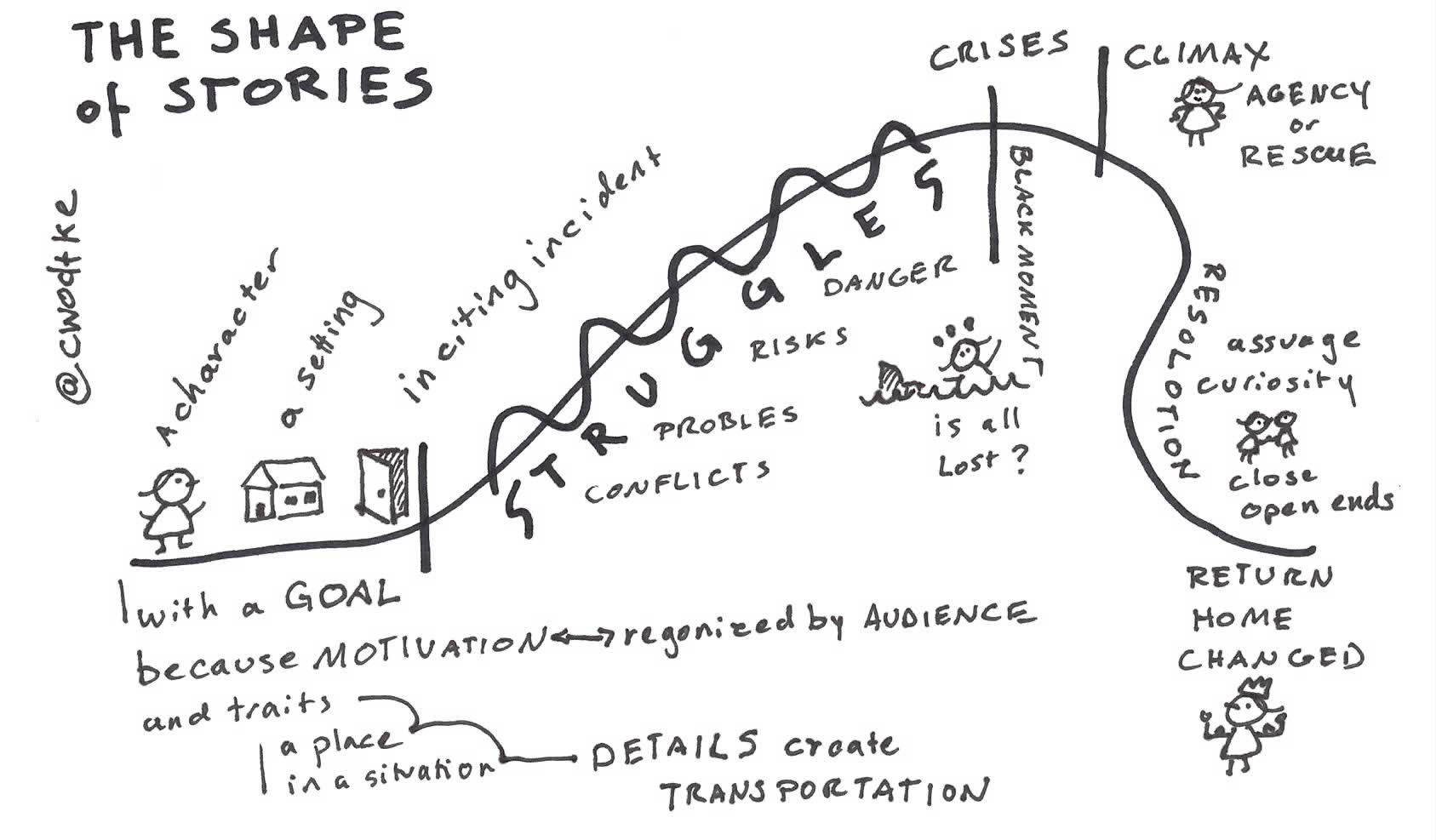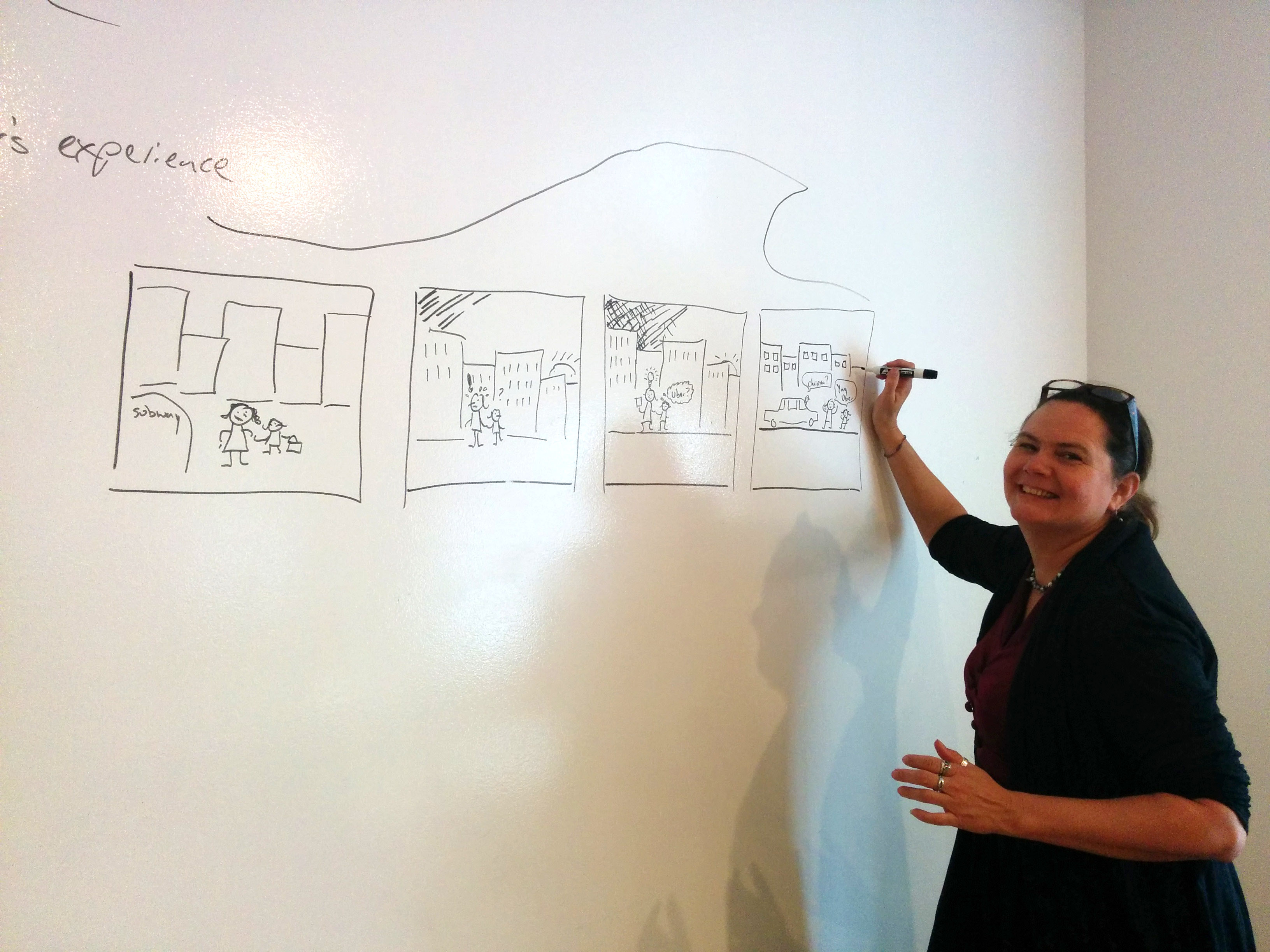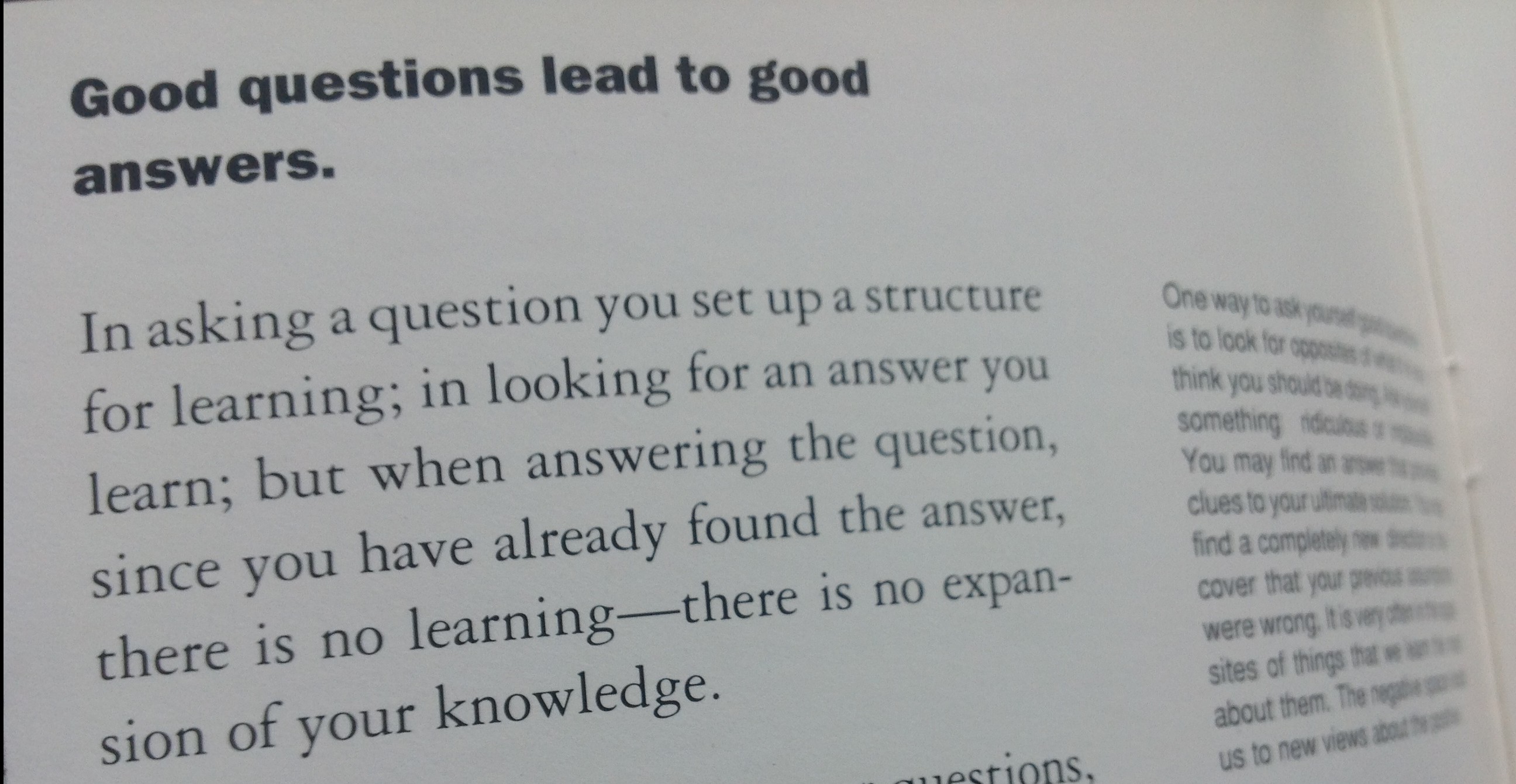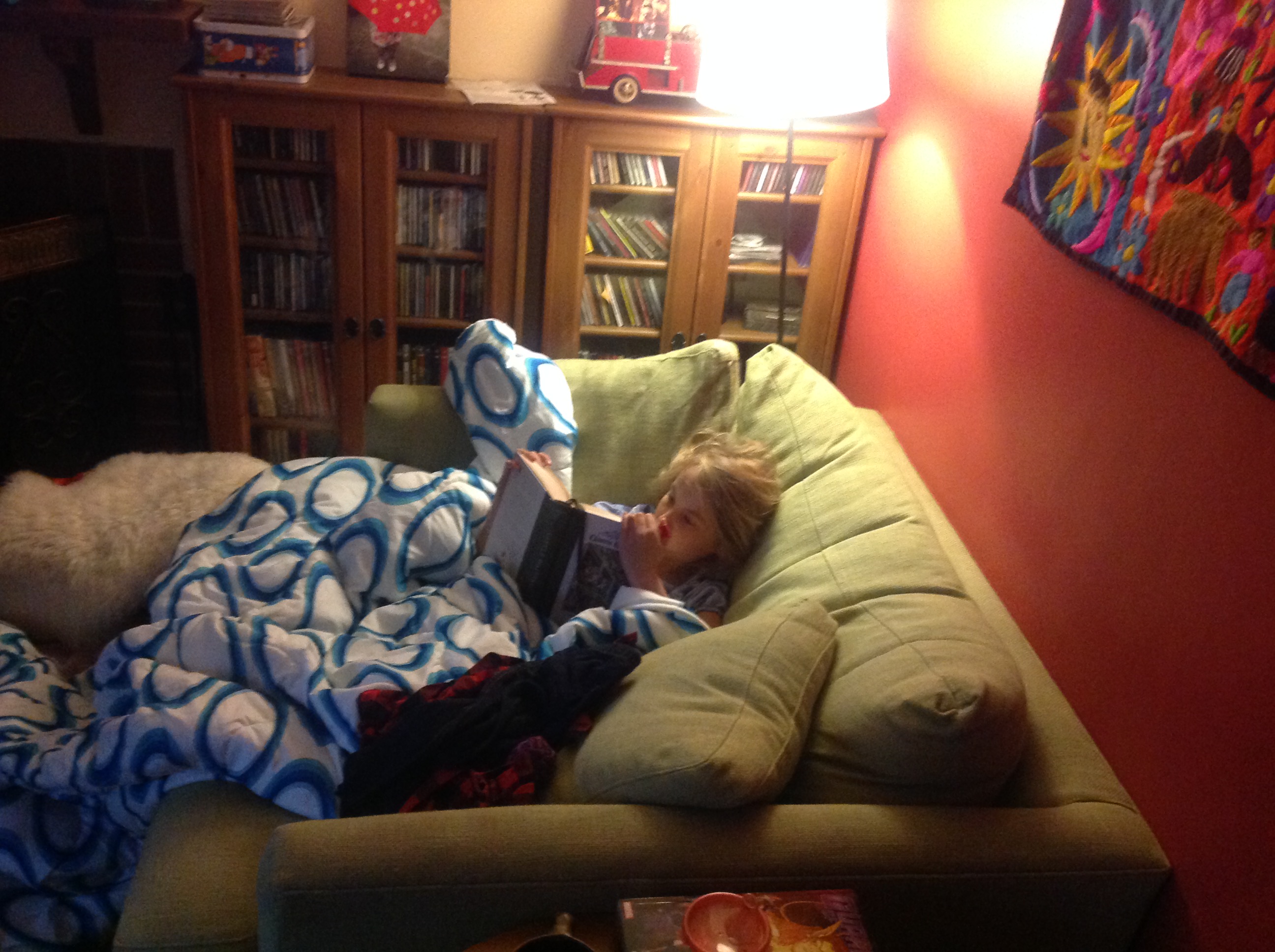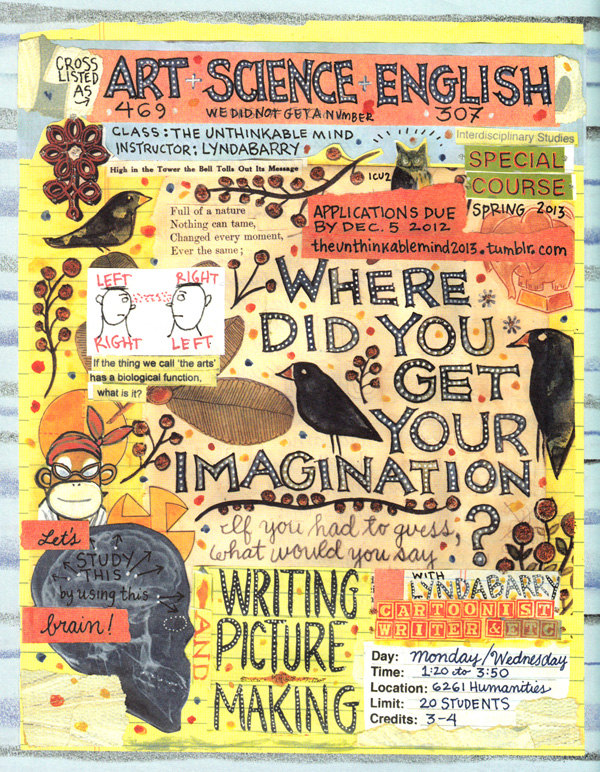There was a time when I thought I’d be a painter. I went to art school, spent hours […]
From Jobs to Careers to a Calling
Book of the Week: Peak
I first hard of Anders Ericsson in one of the funnest literary nonfiction books I’ve ever read, Moonwalking […]
Three Writing Frameworks to Get You Through Nanowrimo
If you plan to do NaNoWriMo, you’re going to write 1,667 words a day. That’s a lot of […]
Book of the Week: Thanks for the Feedback
Thanks for the Feedback: The Science and Art of Receiving Feedback Well Very few people are good at […]
MicroStories for Pitching
If you want to craft a compelling narrative for a book or a presentation, I recommend the format […]
Story Secrets for Understanding and Communicating
My Convey UX presentation is up! Live drawing, improv and heaps of storytelling! Learn how to incorporate story […]
After NaNoWriMo
If you’ve never heard the acronym Nanowrimo, it stands for National Novel Writing Month. Each November half a […]
Sprinting from Story to Offering
Part 3 of the Needfinding/Ideation/MVP Creation Charette This is the third part of a three part essay on rapid […]
For TinyLIpsum, with Love and Stories
I’ve been teaching storytelling for a couple of years now, and have discovered there is a particular shape that […]
In Praise of Q&A
At a recent conference, I ran into the organizer at the first coffee break of the morning. She […]
Story in Space
This is a post for my Story class students, posted here in case it’s interesting to my readers. […]
The Secret to a Great Presentation
The class I teach is called “Story,” and the first assignment was to give a “TEDette.” I defined […]
The Shape of Story
“Perhaps because polish is so visible, many people erroneously believe it to be the most important part of […]
The Sunday Report
Because I’m teaching Story and about do do a unit on Interactive Fiction, this is the bulk of […]
Sunday Report. Status: Giddy
Reminder: if you love these blog posts, buy my essay collection. Keep me writing! “I look into Christina […]
Sunday Report
I got a request to bring Sunday report back into play. It makes sense, since Gleanings, back when […]
My Year in Highlights
Here are this year’s highlights from my reading on the kindle. I find it interesting that I barely highlit […]
10 Ways to Read More Books Next Year
After reading 70 books, Austin Kleon listed his advice on reading more books. I hit my personal adult reading […]
Favorite Reads in 2014
In 2014, I went everywhere. That’s a topic for another post. But travel means lots and lots of […]
The Sunday Report
This week has mostly been about writing. I’m revising my book, and I needed a way to make […]
2013: The Top Posts
2013 was the year I started writing again, and I have no regrets, except why did I ever […]
A Booklist to Help You Become Great at User Experience Design
If someone wanted to become great at UX design, what is the ONE book you'd recommend they read, […]
500 Words of September
When I was researching Advice on Writing from Everybody, it was clear that one of the most valuable […]
Tell Me a Little Bit About Yourself
Everyone should know how to introduce themselves to a prospect. You can be a designer on an interview, […]
Advice on Writing From Everybody
Okay, maybe not everybody, I’ve been reading a lot about writing, when not reading fairy tales (I’m working on a […]
Why You Should Speak
At conferences and meet-ups, I spend a lot of time with young practitioners. And every time I chat […]
I like you more than I like food
I just updated my twitter one line bio. It used to say “I like food more than I […]
Terms of Art for the Heart
A term of art is a word when used in a professional context has a very precise meaning. I’ve been reading a lot about game mechanics and theory, inspired by Amy Jo Kim’s terrific talk given recently at Linkedin. Right now I’m half-way through A Theory of Fun by Raph Kosterner. It’s an odd, rambling book, and most it is familiar to anyone who’s been doing interaction design for awhile. But I do notice that game designers talk about emotion much more than we do, and they are crafting new terms of art and taxonomies that could be useful to anyone doing interactive (and particularly social) design.
Designers and Doctors
Several years back, John Zapolski urged all the members of my design team to read Atul Gawnde’s essay […]
Anyone want to help me write a book?
First draft of a chapter for the second edition… love to get some help as I warm up.
Background: we’re trying to tighten up the book so it reads more quickly and can be accessible to more people. In doing so, we tried to collapse two chapters into one. I’m wondering if the section “those people” should just be axed. Yes, it’s useful information but is it really relevant to information architecture in particular and is it really necessary in this era in which there are so many good books on user research?
Please forgive dreadful formating madness… I exported pretty directly from Word, and we all know how well that works. But I’d rather spend time writing than formatting.

